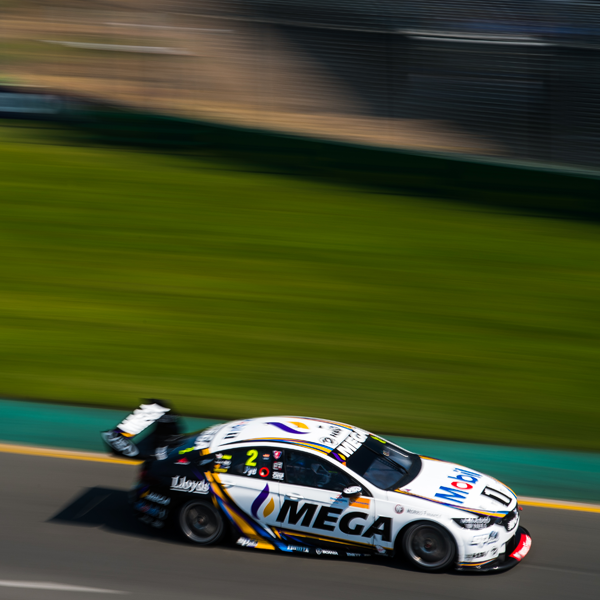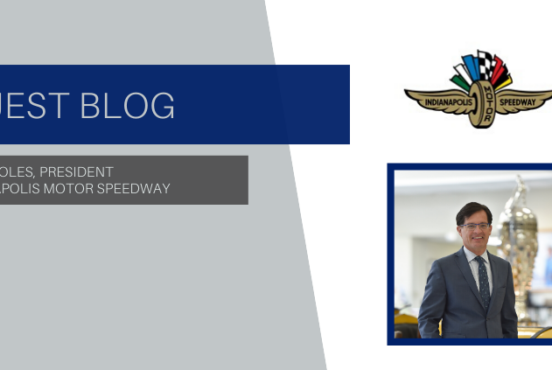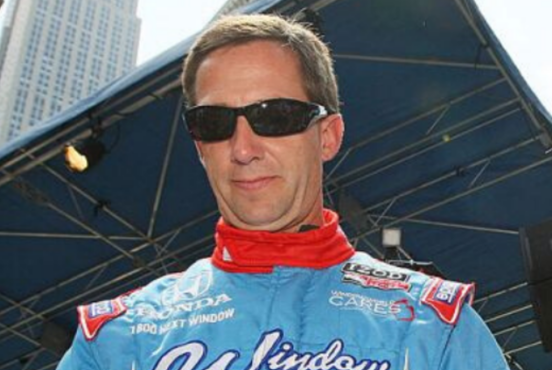The Indy 500 meeting that triggered an Australian Supercars revival

It’s a story that became instant Supercars folklore. Looking for a new equity partner to help battle through following the Holden Racing Team era that ended in 2016, Walkinshaw Racing boss Ryan Walkinshaw turned to his good mate Zak Brown. Not for money, not even for the opportunity to buy into the team. He just wanted an introduction to Michael Andretti.
Thanks to DJR Team Penske, the template for US ownership in Supercars was sitting right there. And, with the Penske Fords suddenly winning races, Walkinshaw – the son of team founder Tom – wanted a piece of the American action.
Andretti was receptive to the idea too. Penske’s success in the Aussie series had, as he later put it, “caught his eye”. So, having the opportunity to create a new Penske-Andretti rivalry on the other side of the Pacific Ocean drop into his lap was perfect.
There was a meeting right after the Indianapolis 500 in 2017 and, as the story goes, Walkinshaw and Andretti were shaking hands 15 minutes later, the deal done on a fifty-fifty split in the team ownership.
A short time later, Walkinshaw received a late-night phone call from Brown, co-founder of sportscar team United Autosports. He wanted to be part of the fun too. It went from a fifty-fifty split to 37.5% each for Walkinshaw and Andretti, and a 25% stake for Brown.
The quarter-hour deal and the late-night call from Brown are details that may be too cute to be true. Ultimately, it doesn’t matter. Walkinshaw ended up with two new partners, one famous for his commercial clout, the other with a well-oiled race team in Indianapolis.
The ‘what next’ didn’t happen overnight. Richard Dean, quickly brought into the fold as Brown’s partner at United, admits there was never a masterplan regarding the practicalities of the deal.
“It was Zak and Michael and Ryan, all at the Indy 500, and they were all discussing [a deal] over dinner, which turned to a collaboration,” says Dean.
“I don’t think anybody really at the time had a masterplan with an end game; [but] you’ve got three very forward-thinking guys there. What was quite clear was all are deep-rooted in the sport, but within very different disciplines and massively different locations around the world.”
That meeting was over 18 months ago, and the WAU collaboration itself is now at the start of its second full season. The ‘masterplan’ is now well-established, with the real-world, hands-on aspects of the three-way relationship built around both engineering and commercial operations. The former mostly comes from the US, the latter from the UK.
“It’s been going well,” says Walkinshaw.
“I’ve said it before, but you never really know how it’s going to be when you’re working with people as closely as I’ve been working with Michael and Zak, until you actually start working with them. It’s kind of like when you’ve got a girlfriend and you move in together for the first time.
“Michael, Zak and I keep in close contact. We message each other almost every other day. And the executives from each team work closely on the operational side of things – so the design and development and the commercial side of things – and that’s been very effective so far.
“It’s not just a bit of marketing. There’s a huge amount that’s been going on behind the scenes. There was a risk it could be slow and confusing and create a lack of consensus between the stakeholders, but we’ve had none of that so far, which has been really encouraging.”
The key stakeholders – namely Walkinshaw, Brown, Dean, Andretti and Andretti Autosport COO Rob Edwards – go over what Edwards describes as “big-ticket matters and overall strategy of the business” in a monthly management forum.
“It’s amazing how many topics come up on our monthly call, how many issues and problems that are openly discussed and we can solve between us,” adds Dean.
“I think there is some bigger-picture stuff of which we’re only just scratching the surface now.”
The engineering departments speak on a significantly more regular basis: WAU co-principal Mathew Nilsson and tech boss Carl Faux chat with Edwards and AA technical director Eric Bretzman at least once every fortnight.
“They chew the fat on all the big-ticket items,” says Walkinshaw.
“We don’t wait for consensus before we do things, because that would slow things up. If we need to go and do something, we get our shit together and do it. But for the big, overarching strategy, there’s a lot of communication.”
To continue reading, click here.


